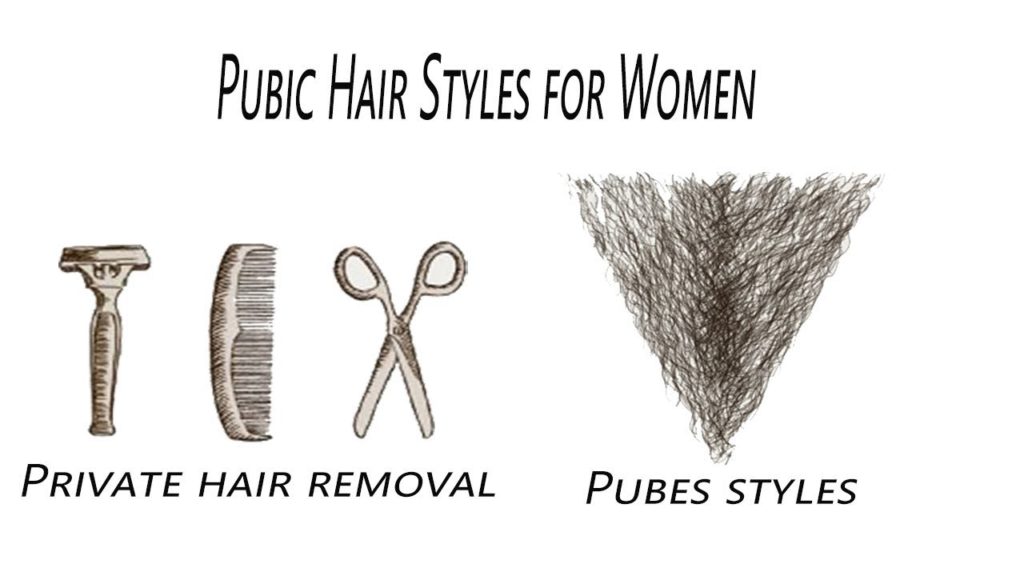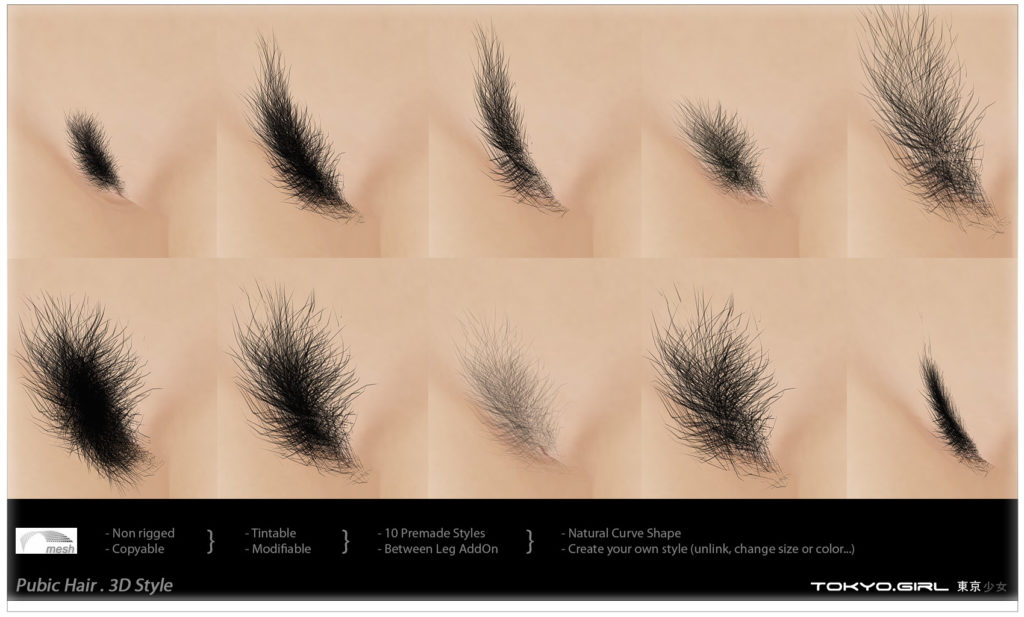Table Of Content

We turn to prescription creams for so many skin woes, so why should hair removal be any different? Enter Vaniqa, an FDA-approved prescription cream that reduces facial hair in women. Allergan, the pharmaceutical company behind Botox is the manufacturer and says you should see improvements between four and eight weeks after the start of treatment. While it's not a permanent removal method, the cream is said to help hair grow back more slowly and in finer, softer textures.
Is It Okay to Remove Facial Hair?
Additionally brushing helps exfoliate the scalp, getting rid of dead skin cells and impurities that could block hair follicles and slow down growth. A common misconception among people with facial hair is that shaving or dermaplaning the hair will cause it to grow back thicker or more prominent. "The results from dermaplaning will leave you defuzzed and as smooth as a glazed donut," Stoddard says. "The hair will grow back in four to five weeks after the treatment, but it will not change in color or thickness, and new skin cells will grow, which eventually turns into dead skin." A great option for facial hair removal is the use of depilatory creams.
Best Permanent Hair Removal Method
Below, they dished out their favorite DIY techniques, in-office treatments, at-home devices, and more. That said, professional laser hair removal can be expensive, so buying an at-home laser hair removal kit can be more cost-effective and convenient. You can use it to remove hair anywhere on the face, such as the upper lip and chin, except around the eyelids and surrounding areas. This may be less effective than professional hair removal but may be sufficient for your needs. Tweezing is another effective and inexpensive way to remove facial hair. This method works slightly differently than shaving.

Sugaring
You’ll also find kits that allow you to perform electrolysis at home. Unlike professional electrolysis, kits don’t involve inserting probes into your hair follicles. The wax is quick and easy to make, and it’s effective to use for getting rid of facial hair. This Ayurvedic remedy has been used in India for centuries, and it’s one of the most effective ways to get rid of facial hair (and body hair) at home.
Sugar and Molasses
If you feel you have excessive hair growth, you can get yourself checked for PCOS. If you treat the root cause of this syndrome, you can control hair growth. The paste sticks to your hair, falling off when rubbed.
It can be done in-office by a licensed aesthetician with a surgical scalpel, or even at home with a proper dermaplaning device. According to Dermaflash founder Dara Levy, when performed at home, the practice usually takes no more than 10 minutes. Another important note is that some skin types and skin tones will benefit more from some lasers than others. Electrolysis is a permanent option for removing hair, and the Food and Drug Administration (FDA) recognize it as a method of permanent hair removal. People can use waxing as a way of removing facial hair, although they should take care to avoid delicate areas such as the nose and ears and any areas of sensitive or irritated skin.
Avoid over brushing
Depilatory creams remove the hair by dissolving the structure of the hair. People can then just wipe the hair away from the skin. Waxing is an effective way of removing hair, and the effects can last for several weeks. It can be more painful than other methods as it removes hair from the root. “You can actually get something called paradoxical hypertrichosis from a laser,” Dr. Rahman says. If you choose the hair-free route, there are a few possible side effects to consider due to your face’s fragile nature.
Papaya and Turmeric
Do not use this on sensitive skin, as fenugreek may cause allergic reactions. Use a cotton ball to apply this mixture to the hairy areas. This helps to curb hair growth and soothes the skin.
Veet Pure Inspirations Cold Wax Strips For Face Sensitive Skin
Facial Hair Removal Methods You Can Try At Home - Grazia USA
Facial Hair Removal Methods You Can Try At Home.
Posted: Tue, 19 Sep 2023 13:16:03 GMT [source]
If the hair on your face bothers you, then it may be helpful to gently remove it. The common myth that your hair will grow back darker is just that—a myth! However, you should be gentle when removing facial hair as the area is more sensitive than other parts of the body like the arms and legs. If you're super prone to ingrown hairs, laser hair removal may be a smart option.
You can have this professionally done, or do it yourself at home with a sterilized dermaplaning tool, like the Tweezerman Facial Razor ($19; Ulta). It’s totally normal to have facial hair as a female, and how much you have depends on hormones and genetics. Although it’s natural, you might prefer to remove unwanted hair.
You can prepare this by stirring sugar with lemon juice and very little water into a granular paste. It can either be used cold, or it can be warmed slightly to form a sticky paste. Apply a thin layer over your unwanted facial hair, massage for a few minutes, then let it remain for minutes. Grind the nettle leaves to a paste and add a little turmeric to it. Leave the paste over the hairy areas for a few hours.
Pick a facial hair removal method that works with your budget and lifestyle. This is how to remove facial hair permanently with honey. Make a smooth paste with lemon juice, sugar, and honey. If needed, add little water and heat it for 2-3 minutes in the microwave. Sprinkle a little maida where you find hair and apply the paste in the direction of hair growth. Put a cloth strip over this and pull it in the opposite direction.
You can test out different shampooing schedules to find out what is right for you. Usually, these slightly spidery enlarged veins are small, dysfunctional capillaries. Anyone who exposes themselves to the sun without proper SPF protection is putting themselves at risk of developing broken capillaries. While they can occur in any skin type, they are most common in fair-skinned individuals with thin or sensitive skin and those with skin conditions such as rosacea and scleroderma, per Dr. Hibler. This last piece of advice may seem simple, but it can be a game changer. “The under-eye skin is some of the thinnest on the body,” she explains.
“Dermatologists can help women win the fight against common forms of hair loss.” News release issued March 4, 2010. Taking a supplement to regrow your hair may seem like an easy solution; however, getting too much of certain nutrients can worsen hair loss. The key to treating hair loss is to find out what’s causing it. Here’s how a dermatologist determines the cause and what treatment may involve.
For many cases of dandruff, this antifungal shampoo will be enough of a treatment. For more inflamed cases you need to also treat the inflammation of the skin. You can achieve this with a liquid anti-inflammatory agent, which a board-certified dermatologist can prescribe to you, says Adigun. Regularly remove hair and debris from your brush to prevent buildup, which can transfer back to your hair and scalp.
Dandruff — and seborrheic dermatitis more broadly — is believed to be caused by an inflammatory reaction to the yeast Malassezia furfur, which is found on everyone’s skin. Adigun says this yeast builds up on your scalp until your body can no longer tolerate it and reacts. These relatively large, sometimes oily flakes are believed to be mainly caused by an inflammatory reaction to yeast on our skin.












